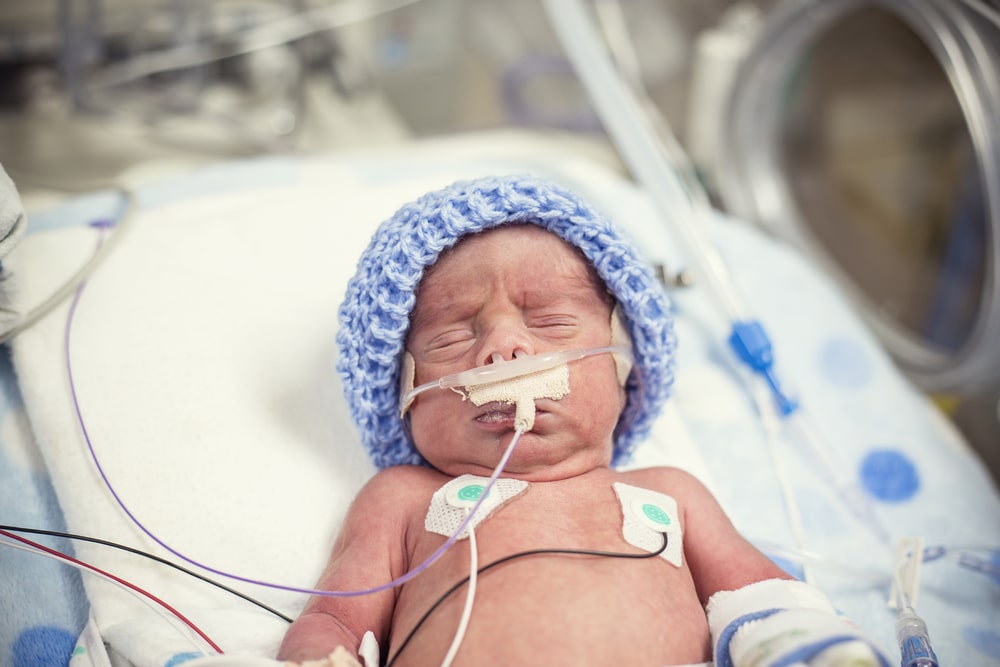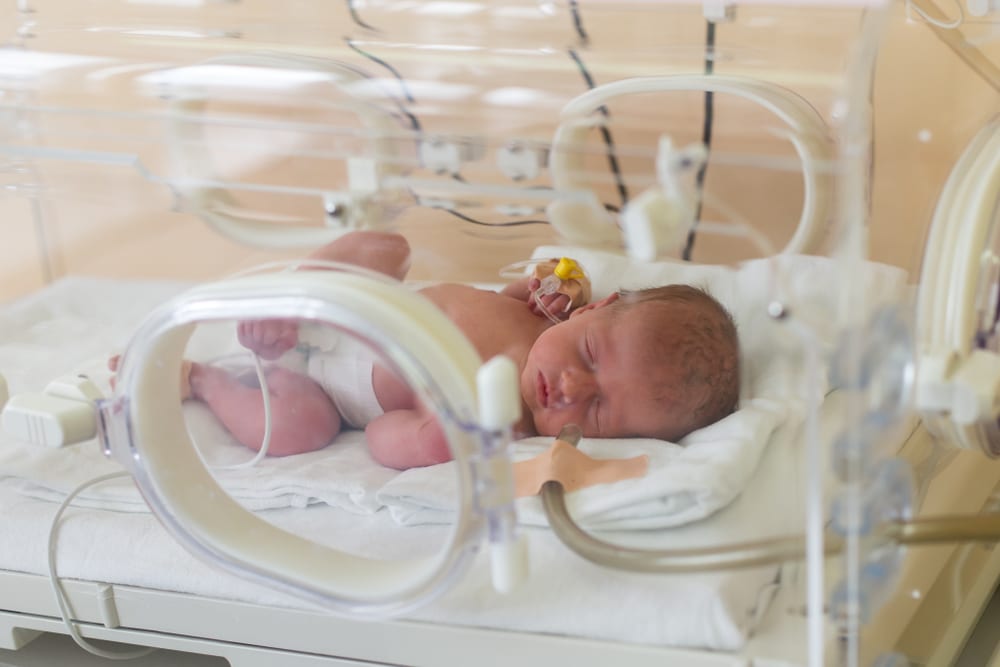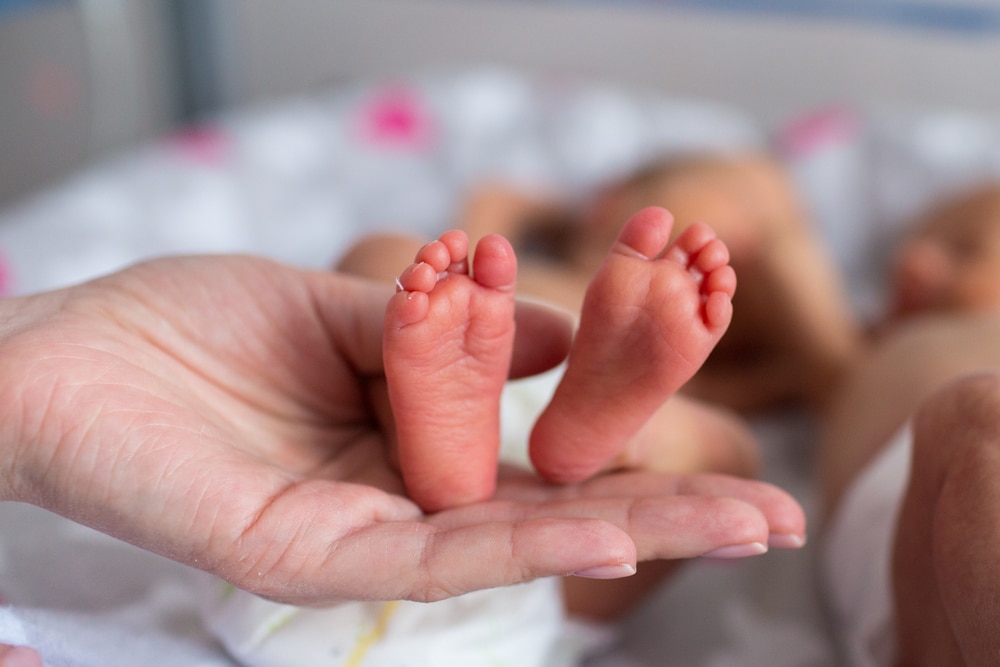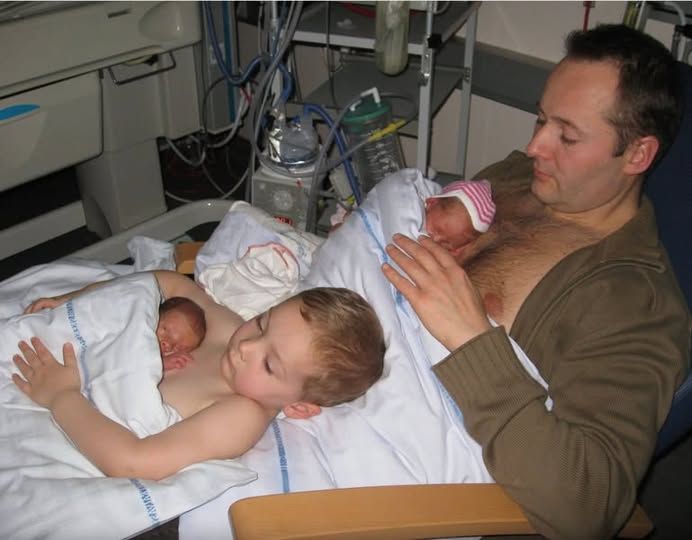Some moments are captured so tenderly that they speak louder than words—and one photo of a little boy holding his newborn sister against his chest has done just that, quietly stirring hearts across the world.
Originally shared on the Danish Facebook page Forældre og Fødsel (Parents and Birth in Denmark), the image shows a powerful moment of connection: a father and his young son giving life-saving warmth to premature twin girls through the “skin-to-skin” method, also known as kangaroo care. And though the post is several years old, it’s found a fresh wave of love and attention as it’s recirculated online.
In the photo, the father lies with one fragile infant resting peacefully on his bare chest. Beside him, the boy—no more than five years old—gently cradles the second twin, his small arms encircling her tiny body. The room is still, calm, intimate. Everyone’s eyes are closed, and the image radiates a kind of serenity that’s hard to describe but impossible to ignore.

What makes the photo even more impactful is the science behind it. In recent years, Scandinavian hospitals have begun to rely more heavily on the kangaroo care method for premature infants—a practice that encourages direct skin contact between newborns and their parents (or, in this case, siblings). This isn’t just a touching family gesture—it’s a medically backed method proven to improve health outcomes for babies born too soon.
Research from the National Institute of Health has shown that kangaroo care significantly reduces pain in premature infants and supports more stable heart rates and breathing patterns. It’s believed that the warmth and comfort from a parent’s skin can mimic the womb environment, easing the baby’s transition into the world and even lowering the risk of infection compared to hospital exposure.
According to Swedish Professor Uwe Ewald, one of the leading advocates of the practice, “Skin-to-skin contact helps the baby to breathe better. The child becomes more calm and gains weight faster. Research shows that parents’ bacterial flora – compared with hospital bacteria – reduces the risk of serious infections in these delicate children.”

The results have been remarkable. In just a few years, neonatal wards across Scandinavia that implemented this technique saw premature infant survival rates climb from 30% to a staggering 70%. And behind those numbers are stories just like this one—moments of raw, human connection where healing begins not with medication, but with closeness.
This single photo, reposted by organizations like NINO Birth, has struck a chord for exactly that reason. It’s a quiet yet powerful reminder of what family love looks like in action: warm, patient, healing.

So if this image moved you even a little, take a moment to reflect on what it represents—not just a medical practice, but the enduring power of love, presence, and touch.
💬 What do you think about the “skin-to-skin” method and this incredible photo? Let us know in the comments.
📤 And if this story warmed your heart, don’t forget to share it—someone out there might need a reminder of just how powerful our smallest gestures can be.
